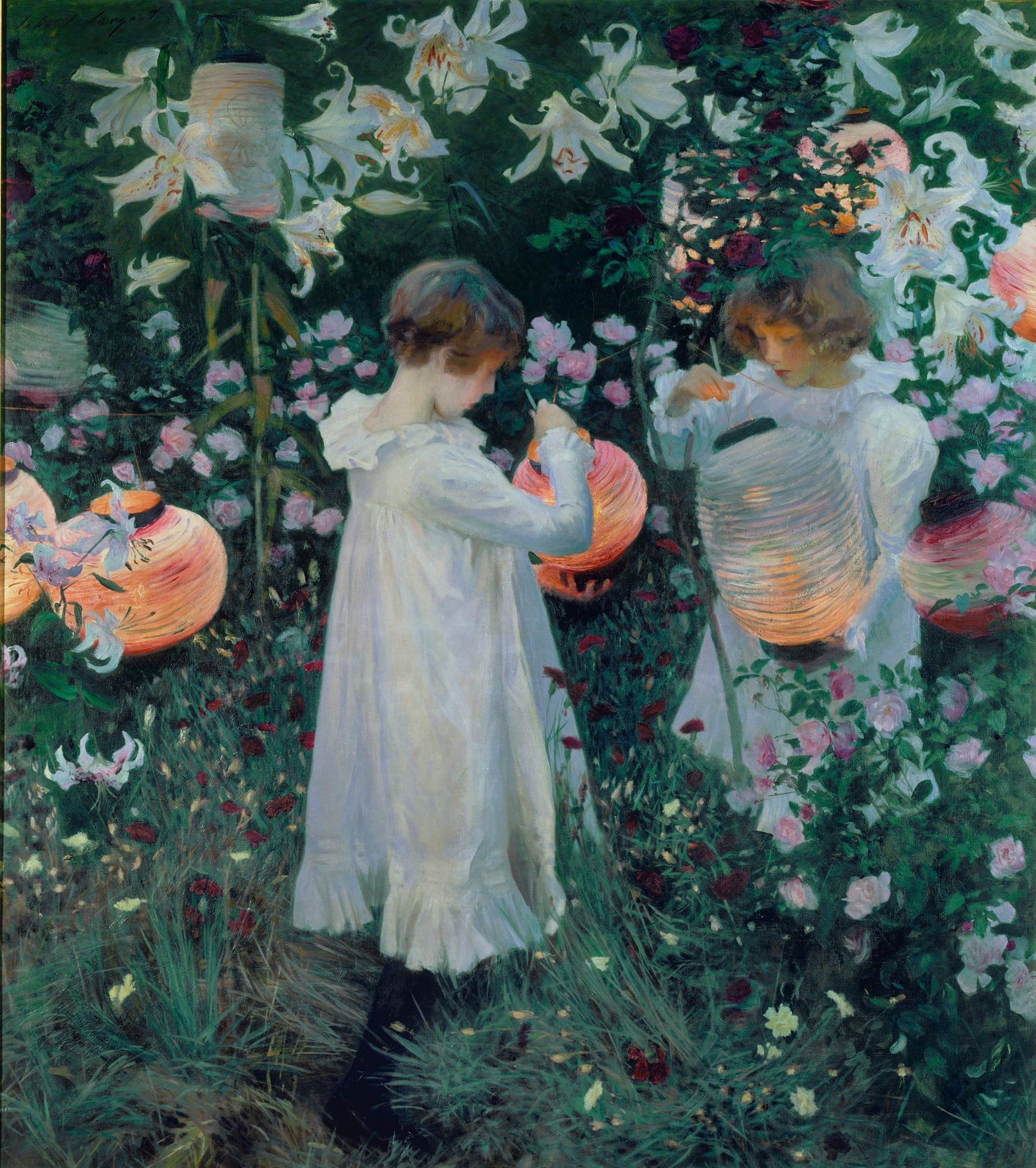Every Portrait Tells a Lie by Debra Brehmer opens with the bold statement, “Every portrait tells a story and that story usually involves some kind of lie.” Just like a picture, a portrait is almost guaranteed to be thoughtfully put together and composed beforehand. It allows for an ideal “scene” to be created by the artist and captured in the painting; one that will last a lifetime. Therefore, I agree with Brehmer that a portrait it is a false representation, most oftentimes, of the reality of the subject(s) that instead depicts them in an optimal light chosen by artist and patron.
Immediately, I connected this belief to Pablo Picasso and his idea that “…art is not truth. Art is a lie that makes us realize truth at least the truth that is given us to understand.” What Picasso is saying is that all art is unreal because it is not the original physical form or idea of the object that it portrays. Although this is a different concept than Brehmer, they connect more in his second sentence. A portrait, in fact, is an expression of the subject in a manner that we are meant to believe as being true. Take her example, for instance, of a family christmas photo. She describes this particular one, shown to the left, and remembers the feeling of taking the photograph as inauthentic. Despite the two siblings smiling together in front of the camera, they had probably been fighting just seconds before it had been taken. They did not get along, as the image suggests. “This interaction between kids, dad and camera was as close as anything came to family intimacy and I knew, even at a young age, that we were participating in a history that was manufactured.” This further proves her point that everything is not as it seems in a portraiture representation.

Unlike the first reading, in How John Singer Sargent Made a Scene the author focuses not on the distorted concepts that Sargent’s pieces were created upon but on the style in which they were made and the reaction that they received by critics. But, it is important to note that by calling it a “scene” that is developed in a painting, the author admits that “Sargent’s subjects were often posed” and would most likely agree somewhat with Brehmer’s argument of the deceit of portraiture. This author focuses more, though, on how ahead of his time Sargent had been with his creative mind.
Unfortunately for Sargent, the contemporary aspect of his style and preference is what caused his efforts to go somewhat unappreciated by others around him during his time period. Although he may not have made an immediate impression on his audiences, Sargent started the movement towards modernism and such expression in art. In the words of the author, “…the modern era was at hand, and it was Sargent, whether we know it or not, who helped show us what it would look like.” He left an impression of his intelligence and strong-will as he pursued such an uncommon strain of work for the late 18th and early 19th centuries.

In the second reading, we also learn about Sargent on a more personal level. For one, we are exposed to his many struggles of being the unique artist that he had been and how his work suffered as a result. We also come to understand how important his own art was to Sargent and how his life came to revolve around it. His friend, “[Vernon] Lee wrote after his death that the only useful biographical summation would be two words: “he painted”.” Overall, we come to understand just how essential painting was to Sargent and the passion that drove him to persevere with it, even when he was not supported for it.

It’s interesting that you also made a reference to Pablo Picasso. I also thought that he would agree with the statement by Brehmer, “Every portrait tells a story and that story usually involves some kind of lie.” Both of them seem to think alike. I’m pretty sure everyone has been in Brehmer’s shoes where their parents forced them into smiling in a family photo for the sake of making it seem as if they are the happiest family in the world.
I like that you tide in the Pablo Picasso that “Art is not truth. Art is a lie that makes us realize truth at least the truth that is given us to understand.” I like your interpretation that Picasso means that all art is unreal because it is not the original physical form. However, I think it is important to add that art brings out a certain truth about the real, original physical form subject.
I agree that because Sargent’s subjects were posed, and that he would agree with Brehmer’s argument of the deceit of portraiture. I think that the artist is the one who decides how to portray the person, and therefore a portrait does not necessarily portray the person’s true emotions.